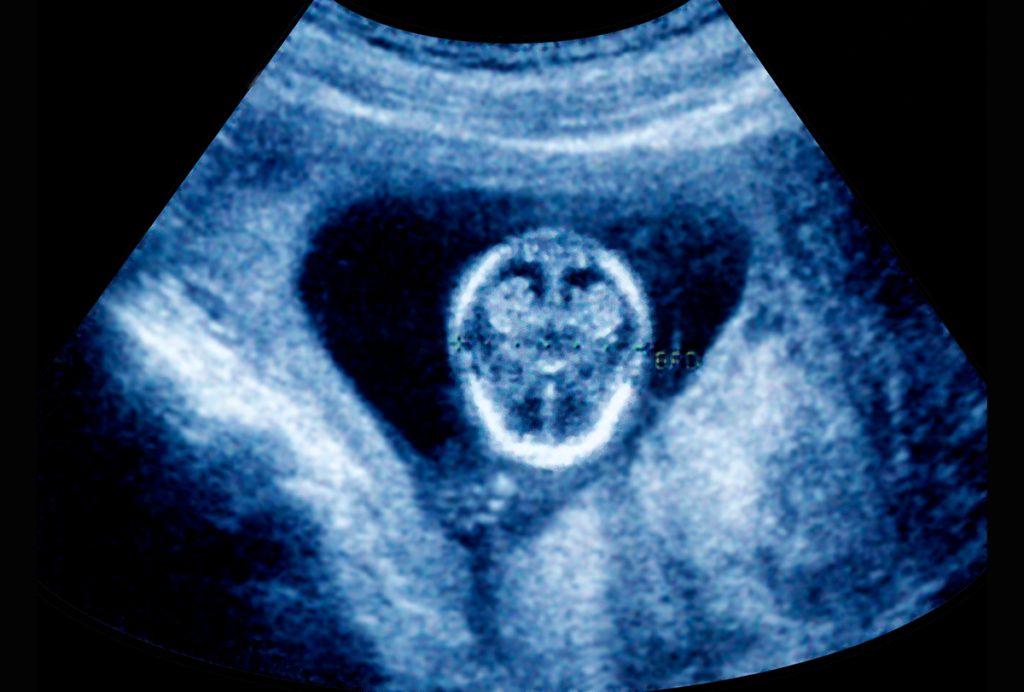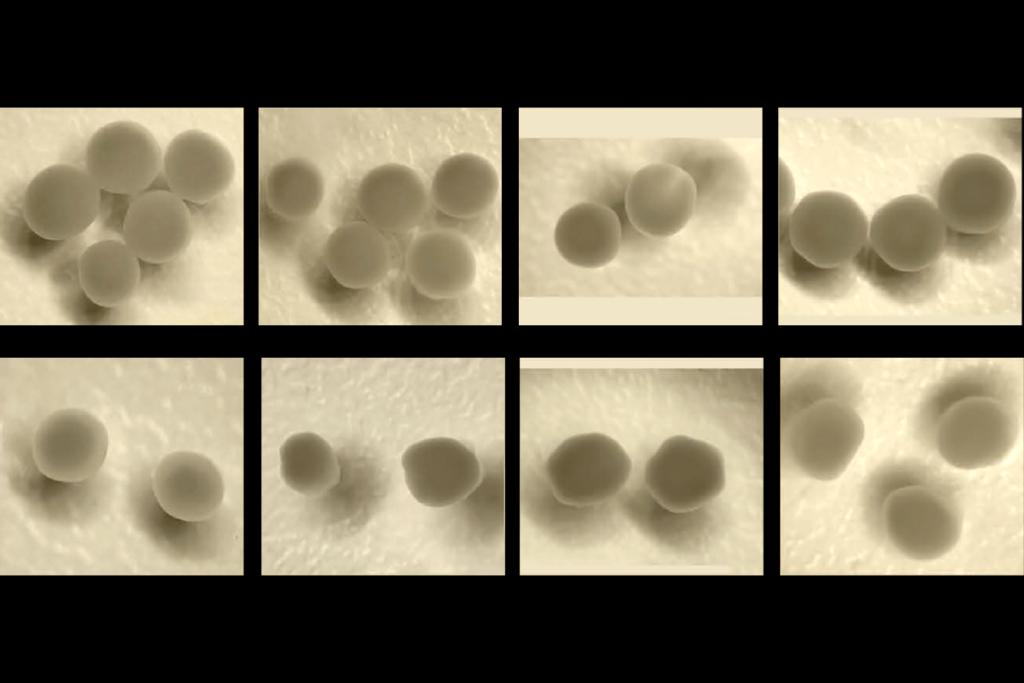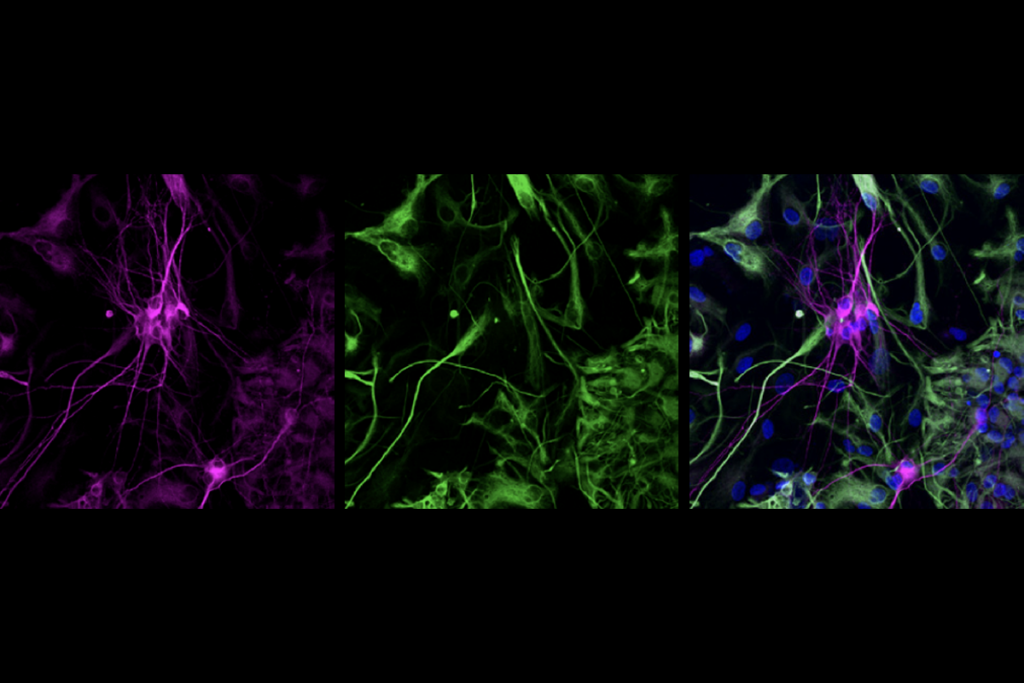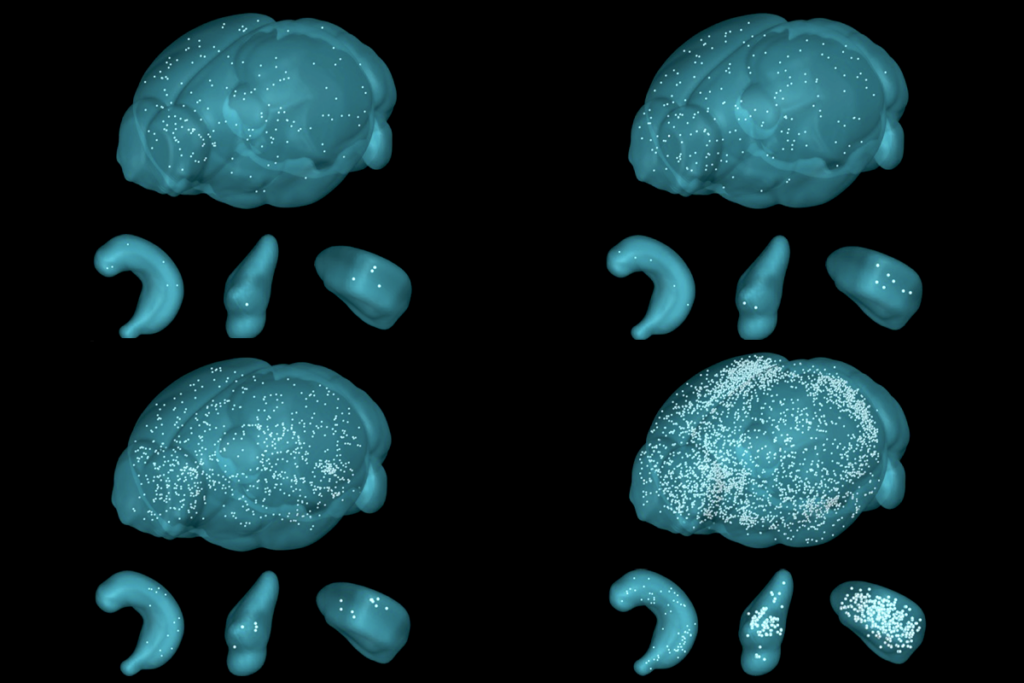Many ‘baby sibs’ without autism face challenges at school age
Nearly half of siblings of children with autism have difficulties with attention, language, learning or mood.
Nearly half of siblings of children with autism have difficulties with attention, language, learning or mood, even when they do not have autism themselves, according to a study of 139 children from infancy to age 9. The study, published 9 October in Autism Research, suggests these siblings need extra support and monitoring as they grow1.
A number of studies have tracked so-called ‘baby siblings’ of children with autism from infancy to age 3, finding that about 20 percent of these siblings go on to develop autism. Only a few studies have followed baby siblings longer to explore challenges that may emerge later. Conditions such as attention deficit hyperactivity disorder (ADHD), for example, often aren’t apparent until children start kindergarten.
In the new study, researchers looked specifically at cognitive and language skills, psychological health and autism symptoms in 79 siblings of children with autism and 60 siblings of typically developing children, all ranging in age from 5 to 9 years. They relied on standardized tests such as the Autism Diagnostic Observation Schedule and the Child Behavior Checklist, as well as clinical observations and parent reports, to classify the siblings as typically developing or to indicate a clinical concern such as autism, broad autism phenotype, ADHD, speech or language delay, learning difficulties, or anxiety or mood problems.
They found that 43 percent of children in the high-risk group have at least one area of clinical concern, compared with 12 percent of siblings of typically developing children. Apart from autism, symptoms of ADHD are the most prevalent, occurring in 13 percent of the high-risk children.
“The rate of inattention and hyperactivity symptoms was surprisingly high,” says lead investigator Sally Ozonoff, vice chair for research in psychiatry and behavioral sciences at the University of California, Davis MIND Institute. Ozonoff says the findings suggest that doctors should monitor high-risk siblings for ADHD as well as autism.
Telling trajectories:
The researchers looked at reports of the children’s scores on these same tests at age 3 and found that 17 percent of the high-risk siblings showed concerning symptoms at an early age that resolved by age 9; another 12 percent of children in this group were developing typically early on but showed problems by age 9. In most cases, however, siblings of children with autism either displayed concerning symptoms at both ages (about 24 percent) or neither (47 percent). These diverse outcomes suggest that clinicians should closely track developmental milestones in siblings at risk for autism.
But some experts warn that scrutinizing autism siblings too intensely may turn up signs of abnormal development where there are none.
“We need to be careful,” says Connie Kasari, professor of psychology at the Center for Autism Research and Treatment at the University of California, Los Angeles, who was not involved in the study. “These children were assessed in a clinical setting, which may or may not reflect their performance in school, in the community or correspond with their teachers’ concerns.”
Instead, she says, scientists should expand assessments to move beyond parent reports and include real-world observations from teachers: How are the children getting along with peers? How well do they tackle everyday activities such as going to school or participating in sports? How do they fare academically?
Improving outcomes:
The researchers point out that not all siblings of children with autism develop difficulties at school age, but identifying young siblings who are likely to have trouble later could improve long-term outcomes.
“One thing I don’t want the big picture to be is that all siblings of children with autism have other kinds of problems,” says Meghan Miller, a licensed psychologist and a postdoctoral fellow in Ozonoff’s lab. “Tons of these kids develop completely typically. That’s important to keep in mind.”
The team plans to follow the children through elementary school and beyond to determine how factors in infancy might influence long-term outcomes.
“We finally have the data to do that because at this point, the kids have been in the study their whole lives,” Miller says. “We’re hoping to predict which kids are going to have which kinds of struggles, so that we can ultimately identify those kids and get them into appropriate services as early as possible.”
References:
- Miller M. et al. Autism Res. Epub ahead of print (2015) PubMed
Recommended reading

Gene-activity map of developing brain reveals new clues about autism’s sex bias

Parsing phenotypes in people with shared autism-linked variants; and more

Boosting SCN2A expression reduces seizures in mice
Explore more from The Transmitter

Engrams in amygdala lean on astrocytes to solidify memories
Ant olfactory neurons reveal new ‘transcriptional shield’ mechanism of gene regulation
